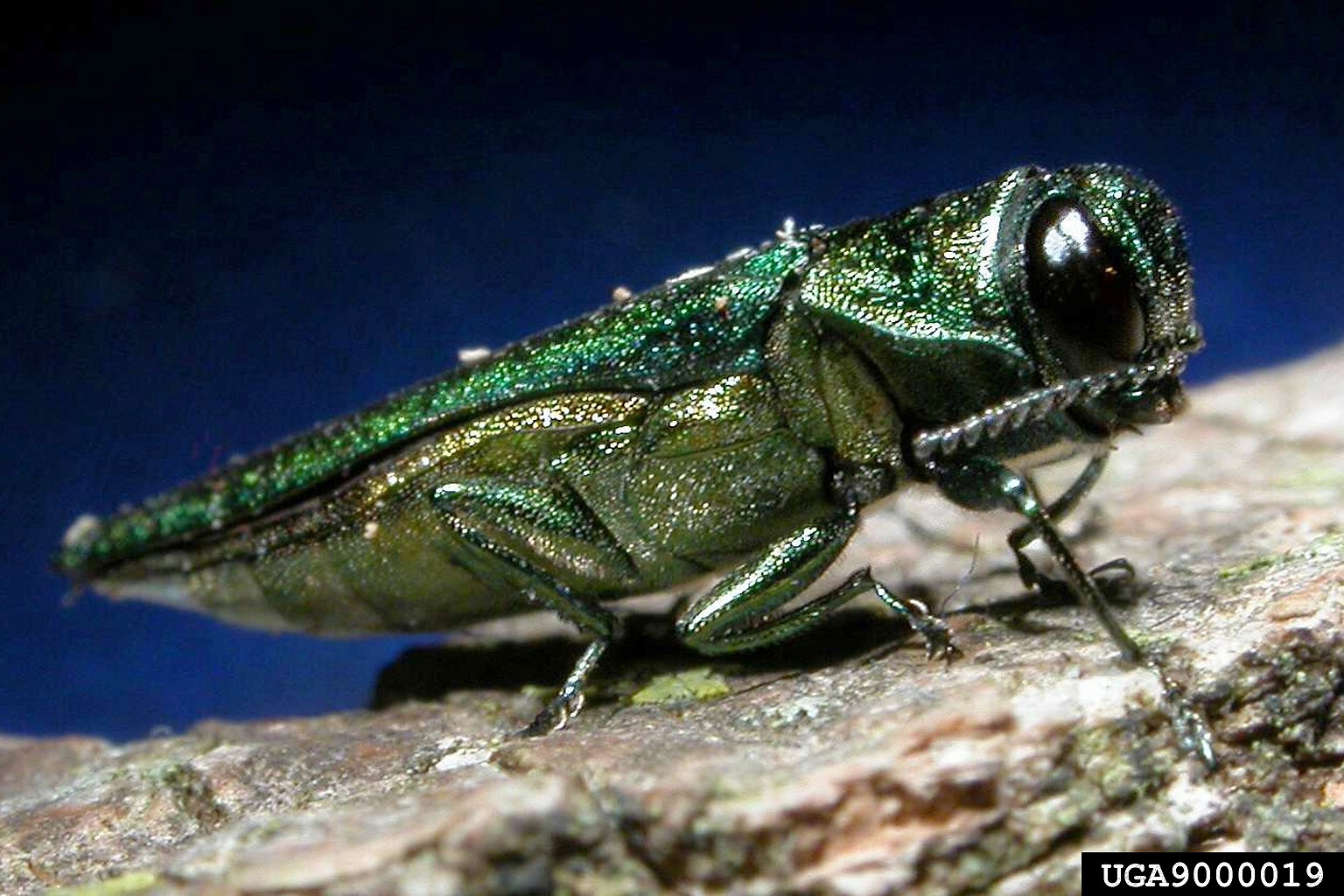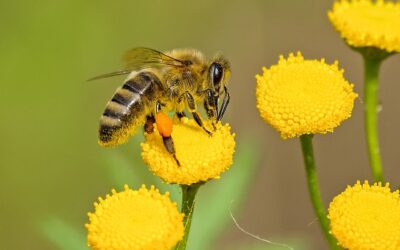(Image credit flickr @ uacescomm)
The lush, green canopies that define Oregon’s landscape face an unprecedented threat with the invasion of the Emerald Ash Borer (EAB). Originating from Asia, this invasive pest has already wreaked havoc in various parts of the United States, decimating ash tree populations in its wake. As it encroaches upon Oregon’s pristine forests, concerns are mounting about the potential devastation it could unleash on the state’s diverse tree species.
Unveiling the Invasion – A Silent Threat Gains Ground
In a comprehensive report by Oregon Public Broadcasting (OPB), the infiltration of the Emerald Ash Borer into Oregon is detailed, outlining the current state of affairs as of July 2022. According to the report, the EAB poses a serious risk to Oregon’s ash tree population, potentially altering the state’s ecological balance. The article sheds light on the various pathways through which the invasive pest has made its way into Oregon and emphasizes the urgency of addressing this silent but destructive threat.
Don’t Cut Down Ash Trees Just Yet – Delayed Impact and Mitigation Strategies
Contrary to knee-jerk reactions, the situation isn’t one of immediate doom, as highlighted in a piece by Oregon State University. The article suggests that, despite the looming threat, there’s hope for ash trees in Oregon. It cautions against prematurely cutting down ash trees and advocates for a more strategic and informed approach. The comprehensive study from Oregon State University offers insights into the delayed impact of the Emerald Ash Borer, providing a nuanced perspective on the timeline of its potential devastation and outlining potential mitigation strategies.
Air Curtain Incinerators – A Controversial Approach to EAB Management
In the battle against the Emerald Ash Borer, innovative methods are being explored to contain its spread. KGW News reports on an unconventional approach adopted in Oregon – the use of air curtain incinerators. This technology aims to curb the invasive pest by burning infested wood, preventing further dissemination. However, the article also discusses the controversy surrounding this method, raising questions about its environmental impact and long-term effectiveness. As Oregon grapples with the Emerald Ash Borer, the use of air curtain incinerators represents a contentious yet potentially vital tool in the fight to protect the state’s tree species.
The Economic Toll – Impacts on Forestry and Beyond
Beyond the ecological ramifications, the invasion of the Emerald Ash Borer has significant economic implications for Oregon’s forestry industry. As detailed in the OPB report, the pest could lead to considerable financial losses, affecting both the timber industry and homeowners. The potential decline in property values and the cost of addressing the infestation underscore the far-reaching consequences of this invasive species. Balancing the ecological and economic aspects of this crisis becomes crucial for Oregon’s policymakers and communities.
Community Engagement and Education – Key Tools in the Fight Against EAB
In the face of such a formidable threat, community engagement and education emerge as crucial components of an effective strategy. The Oregon State University article emphasizes the need for proactive efforts in educating the public about the Emerald Ash Borer and involving communities in monitoring and reporting infestations. Heightened awareness and collaboration between citizens, scientists, and policymakers could prove instrumental in curbing the spread of the invasive Emerald Ash Borer and minimizing its impact on Oregon’s tree species.
Looking Ahead – Developing Sustainable Strategies for Future Resilience
As Oregon grapples with the Emerald Ash Borer, it becomes imperative to look towards the future and develop sustainable strategies for long-term resilience. Collaborative research efforts, community involvement, and the exploration of innovative technologies, such as the controversial air curtain incinerators, can contribute to a comprehensive approach in managing and mitigating the impact of invasive pests. This crisis serves as a reminder of the delicate balance within ecosystems and the need for adaptive strategies to protect the biodiversity that defines Oregon’s natural beauty.
The invasion of the Emerald Ash Borer stands as a stark reminder of the interconnectedness of ecosystems and the vulnerabilities that come with globalization. Oregon, known for its rich biodiversity, faces a critical juncture in its ecological history. By understanding the multifaceted dimensions of this crisis – from its ecological and economic impacts to the controversial methods employed for mitigation – the state can navigate through the challenges posed by the Emerald Ash Borer. Through a combination of informed decision-making, community engagement, and innovative solutions, Oregon has the opportunity to emerge from this crisis with its arboreal treasures intact, laying the groundwork for a more resilient and sustainable future.





